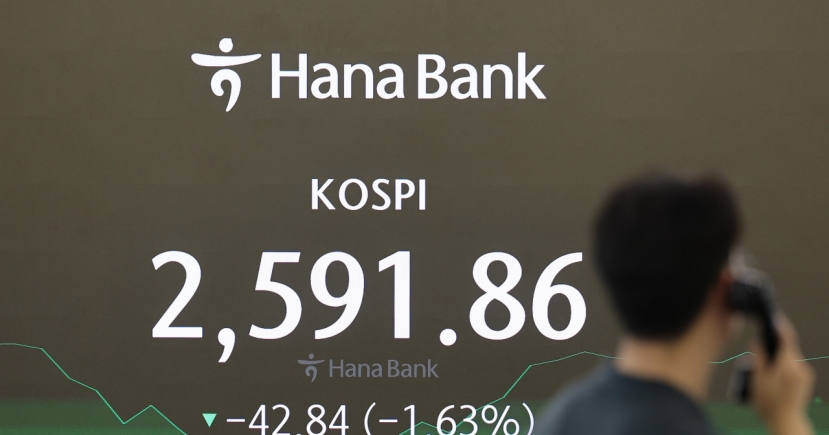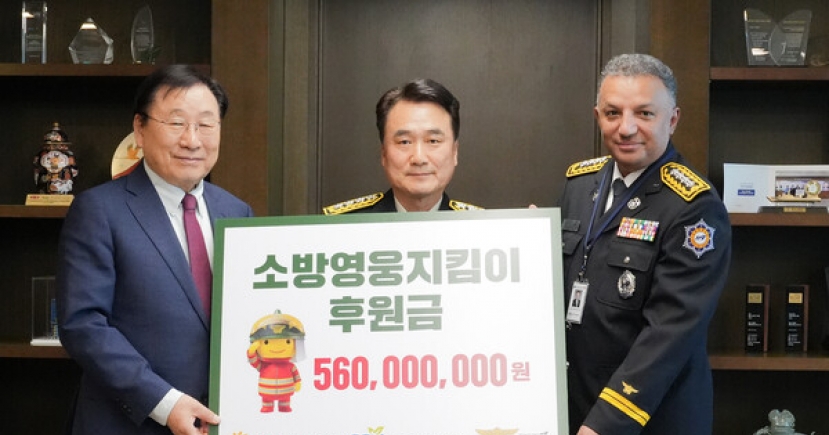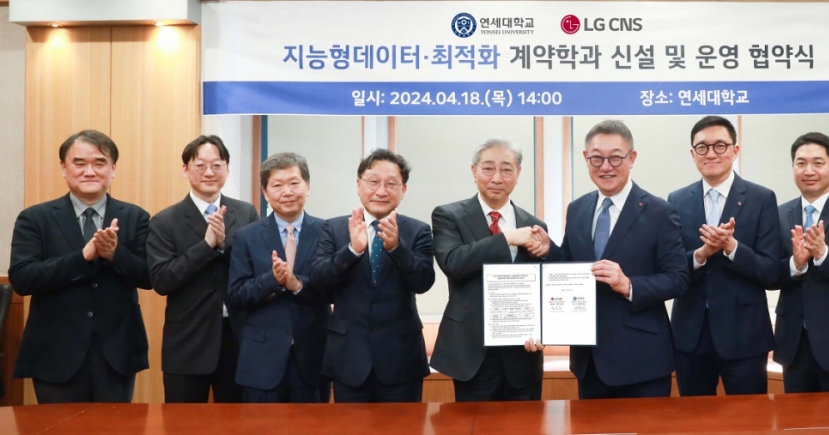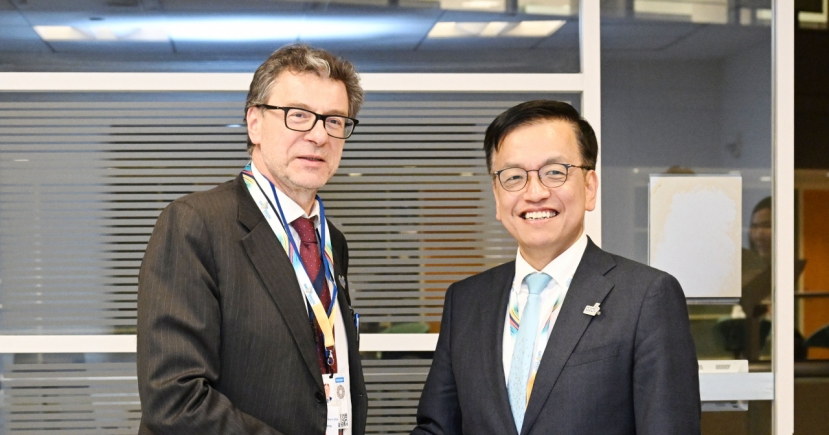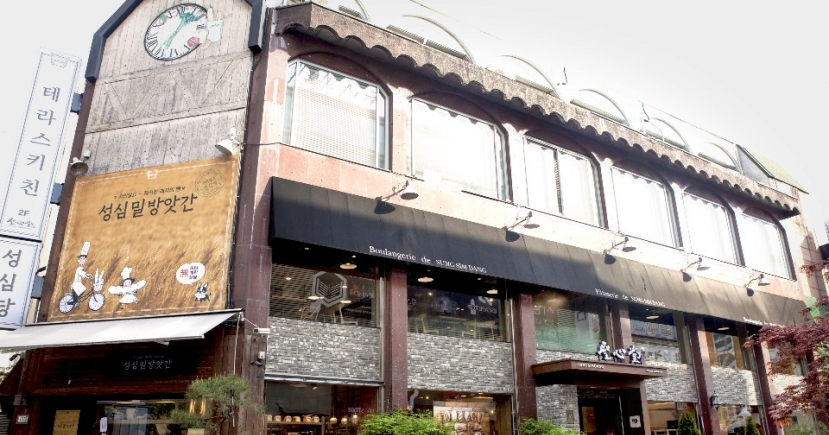Mobile & Internet
‘Technological progress will reduce IP gap among industries’
[THE INVESTOR] For several years, especially when the patent battle was heating up between Samsung Electronics and Apple, intellectual property was largely considered an issue exclusive to global tech companies.
But the unprecedented technological advancement amid the “fourth industrial revolution” trend has drastically narrowed the conventional gap between market champions and small-sized enterprises, dragging a wider variety of businesses into the realm of IP, according to a legal expert.
“IP, including technology patents, can never be limited to a specific industrial sector or company,” Park Seung-moon, managing partner and senior lawyer in law & IP firm Darae, told The Korea Herald in an interview.
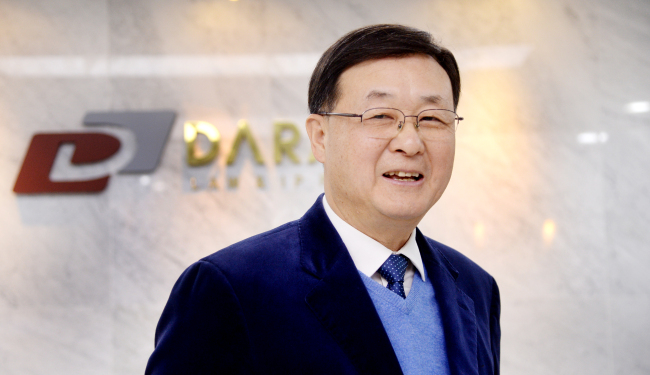 |
Park Seung-moon, managing partner and senior lawyer in law & IP firm Darae |
The mid-sized company, founded in 1999 by two former Patent Court judges -- including Park himself -- and two patent attorneys, is the nation’s first law firm specializing in IP issues.
The company is known for representing Samsung in a patent infringement and annulment suit filed by global light-emitting diodes company Osram in 2011, inducing a settlement.
It also worked for GlaxoSmithKline, a global pharmaceutical giant, as part of its multi-nation legal battle against Norvatis concerning oncology products and pipeline compounds.
“The IP sector for the past 20 years has been all about information technology, but this trend has recently been shifting to the bio business and is likely to soon move onto another sector in the near future,” Park said.
Another conspicuous change is the diversification of players, as conglomerates are increasingly refraining from IP lawsuits while small- and medium-sized enterprises have come forward to legalizing their rights over technology, he added.
“The number of domestic patent applications has soared from some 80,000 in 1999 to around 215,000 in 2017, but what counts more than the overall statistics is the growing participation of smaller companies,” he said.
“The ratio of conglomerates in patent issuance has fallen from the 80 percent range to around 60 percent over 20 years, not because they made a retreat but because of the rise of hidden industry champions.”
South Korea is an active player in the world IP market, ranking fourth in global patent issuance and third in US patents. It is also the global top in terms of the patent issuance compared to gross domestic product, according to the World Intellectual Property’s annual report.
“When we launched business back in 1999, large law firms took little interest in the IP business, drawing a line between their business territory and that of patent attorneys,” Park said.
“But amid a fast-growing economy and a consequently increasing number of patent suits filed against Korean companies, big players set foot in the field and now the supply of patent-related legal manpower is almost overtaking the demands.”
Such expansion of law firms into the patent sector has also triggered conflicts between the Korea Patent Attorneys Association and the Korean Bar Association, as only lawyers are entitled to a wider range of lawsuits than patent attorneys.
Of the two kinds of patent suits -- patent infringement suit and patent annulment suit -- the former may only be represented by lawyers. A revision bill of the Patent Attorney Act to allow a joint representation by a lawyer-patent attorney unit is currently pending, elevating conflicts between the two societies.
“Lawyers are often criticized for monopolizing the market, but when it comes to IP, things just cannot take progress without cooperation with patent attorneys,” Park pointed out.
In contrast to the industry’s top ranking law firms, where patent attorneys tend to serve as technical advisers, it is the patent attorneys who take the lead on an equal base as partner lawyers, the senior lawyer and patent attorney explained.
“Patent lawsuits inevitably involve a combination of legal expertise and technical knowledge,” he said.
“The fact that we started off our company under a joint representation system by two lawyers and two patent attorneys shows our cognition on the need of the two sectors’ partnership.”
The company is also noted for its diversity of expertise, with the majority of its lawyers coming from natural science or engineering backgrounds, which is rare under the industry trend of preferring legal majors.
“We like to consider ourselves as a special clinic, offering a unique service that large-sized polyclinics cannot provide.”
By Bae Hyun-jung/The Korea Herald (tellme@heraldcorp.com)


